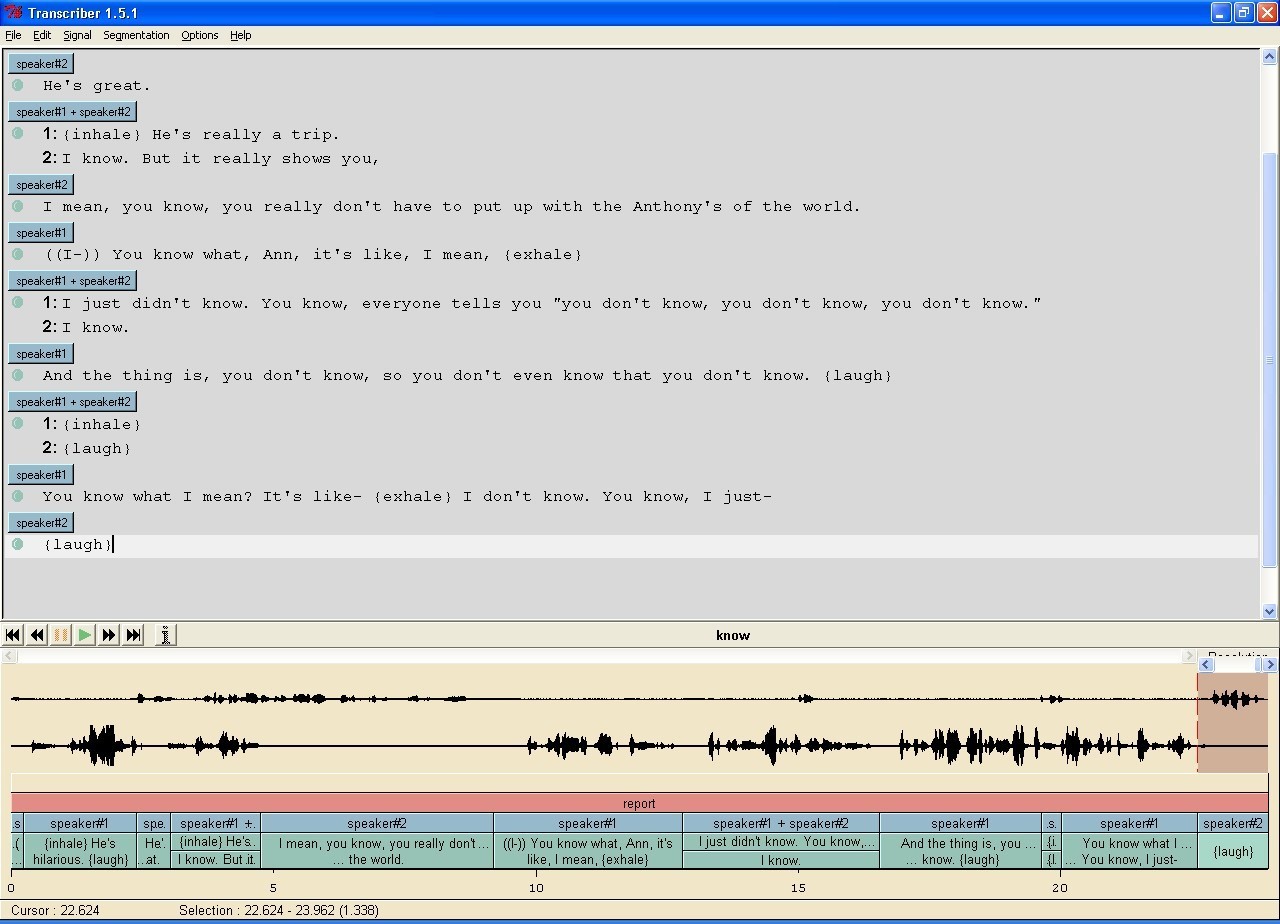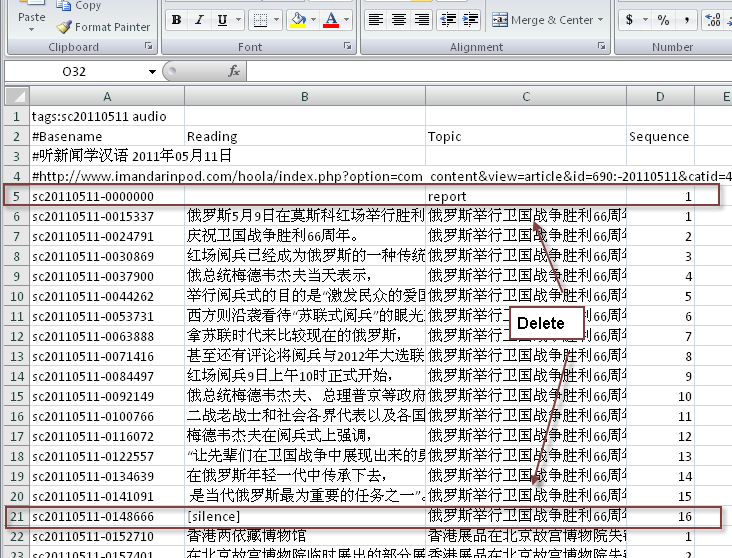
- #Annotation transcriber export srt file install
- #Annotation transcriber export srt file manual
- #Annotation transcriber export srt file download
Compile project (with a C# compiler or using Visual Studio). Or you can directly get the annotations with this URL:, just replace YOUR_VIDEO_ID with your real youtube video id (which is available in the URL of your video)Ĭonvert the downloaded XML using this project:Ģ.1.
#Annotation transcriber export srt file download
Download youtube annotations as XML with this opensource tool: youtube-copy-annotations (you only need to use Step 1: Get annotation data).Much easier to use, visit here: germanger/youtubeannotations-to-srt-js I've written the same thing with JavaScript. The below long_running_recongnize function transcribes the video file and returns response object which contents transcripts, confidence, words, start_time & end_time for each word.This small tool (C# console application) lets to convert youtube annotations (XML) to SRT file. Speech-to-Text API also supports transcription for live streaming. Other then all these, there are many other features available such as Speaker Diarization, Word level confidence, Separate Transcription for each channel, etc. enable_automatic_punctuation - If True, it also tries to detect the punctuations.But there are various other models available, you can check them here.

Our original Source is a Video, so we’ve used a “video” model. model - The model that will be used by API for transcription.enable_word_time_offsets - If True, gives start time and end time of each word.

#Annotation transcriber export srt file install
Now, run below commands from your TerminalĬd Generate-SRT-File-using-Google-Cloud-s-Speech-to-Text-API pip install -r requirements.txt From the navigation bar, go to APIs & Services > Library > Cloud Speech-to-Text API and Click on Enable. Follow Creating and managing service accounts to set this up.Įnable the Speech-to-Text API in your Google Cloud Project. Download the service account credentials as c redentials.json.

#Annotation transcriber export srt file manual
Train your own ML model - This requires a lot of data, manual labor to annotate the data (Irony), time, and frankly, a lot of money.


 0 kommentar(er)
0 kommentar(er)
